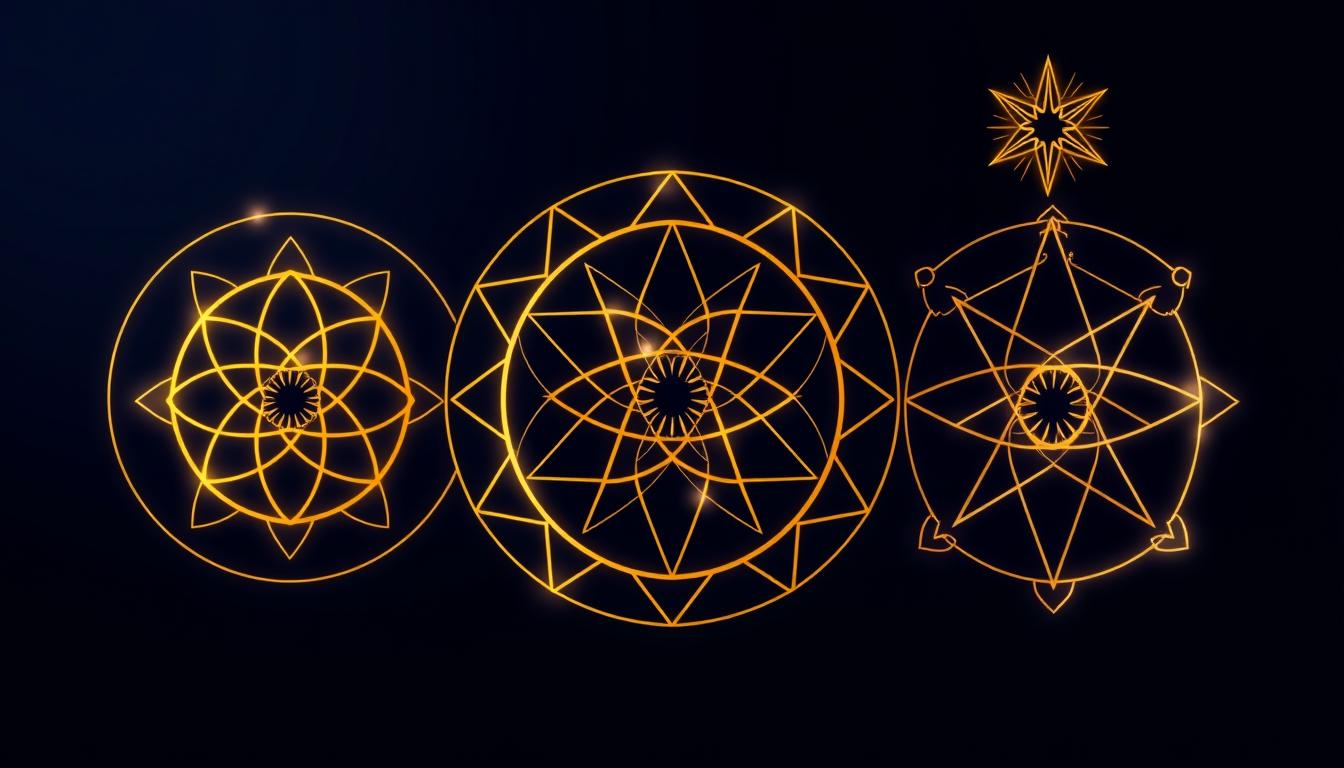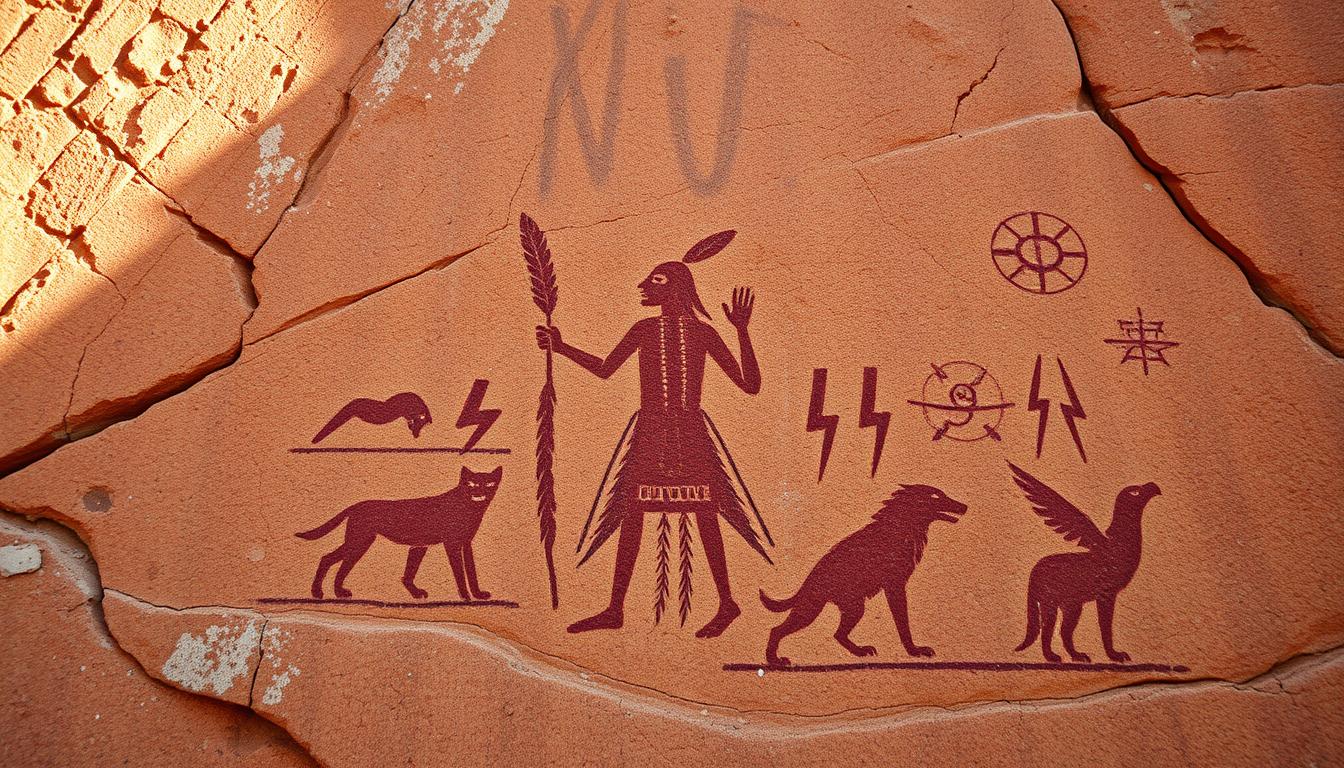
Deep within the ancient traditions of Native American spirituality lies the profound wisdom of WindWalker, a legendary warrior-shaman whose teachings transcend time. As modern seekers, we find ourselves drawn to these ancestral whispers, seeking connection in a disconnected world. WindWalker’s shamanic path offers not just historical insights, but practical wisdom for navigating our complex modern lives with greater purpose and spiritual awareness.
The teachings of this revered spiritual guide weave together the sacred knowledge of nature communion, dreamwalking, and ancestral memory—powerful practices that can transform our understanding of ourselves and our place in the cosmos. Join us as we decode WindWalker’s timeless wisdom and discover how these ancient practices can illuminate our modern spiritual journey.
The Historical WindWalker: Warrior-Shaman of the Ancestors
WindWalker emerges from the mists of pre-colonial Native American history as a powerful archetype of the warrior-shaman. Anthropological evidence suggests that figures like WindWalker served as spiritual bridges between worlds, embodying both the protective strength of the warrior and the healing wisdom of the medicine person. These dual-natured individuals held essential roles in their communities, providing both physical and spiritual protection.
Archaeological findings from the Four Corners region reveal petroglyphs that may depict WindWalker’s journeys between realms, showing a human figure with a feather staff and spirit animals. These ancient rock carvings, dating between 900-1400 CE, suggest WindWalker’s teachings spanned multiple generations and possibly multiple tribal traditions.
WindWalker: Historical Context
Estimated Timeline: 900-1400 CE (based on archaeological evidence)
Tribal Affiliations: Mystery Tribe (possibly Ancestral Puebloan with influences from Navajo and Apache traditions)
Key Symbols: Feather staff (connection to sky realms), obsidian mirror (truth-seeing), storm glyphs (transformation)
Primary Regions: Four Corners area of the American Southwest
Oral traditions suggest WindWalker was known for the ability to communicate with animals, particularly wolves and eagles, and could interpret messages from the natural world. This deep connection with nature formed the foundation of WindWalker’s teachings, which emphasized harmony with all living beings and respect for the delicate balance of the natural world.
Core Teachings from WindWalker’s Shamanic Wisdom

1. Sacred Nature Communion
At the heart of WindWalker’s teachings lies the practice of sacred communion with nature. Unlike the modern tendency to view nature as separate from humanity, WindWalker taught that humans are inextricably connected to the natural world. This communion involves more than appreciation—it requires developing relationships with plants, animals, and landscapes as conscious beings.
WindWalker’s approach to nature communion involved regular ceremonies acknowledging the four elements: earth, air, fire, and water. These weren’t merely symbolic rituals but practical ways to align human consciousness with natural forces. By spending time in silent observation of these elements, practitioners could absorb their wisdom and healing properties.
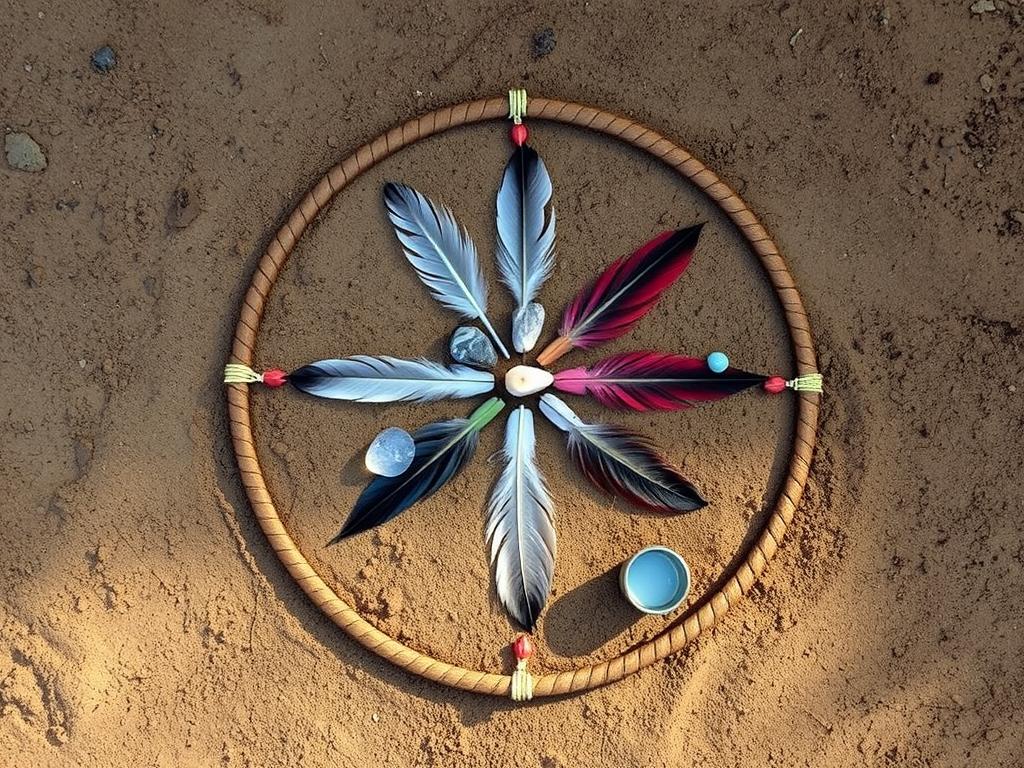
WindWalker’s Element Meditation
Experience the ancient wisdom of elemental connection with this guided meditation based on WindWalker’s teachings. Learn to align your energy with earth, air, fire, and water for balance and healing.
2. Dreamwalking: The Journey Between Worlds
WindWalker’s tradition placed significant emphasis on dreamwalking—the shamanic practice of conscious navigation through dream states to access wisdom, healing, and prophecy. Unlike ordinary dreaming, dreamwalking involves intentional journeying to specific spiritual realms to communicate with ancestors, spirit guides, and power animals.
According to WindWalker’s teachings, dreamwalking requires preparation through fasting, meditation, and ceremonial drumming. The rhythm of the drum serves as an anchor, allowing the spirit to journey while maintaining a connection to the physical body. Through this practice, WindWalker could retrieve lost soul fragments, gain prophetic insights, and bring back healing knowledge for the community.
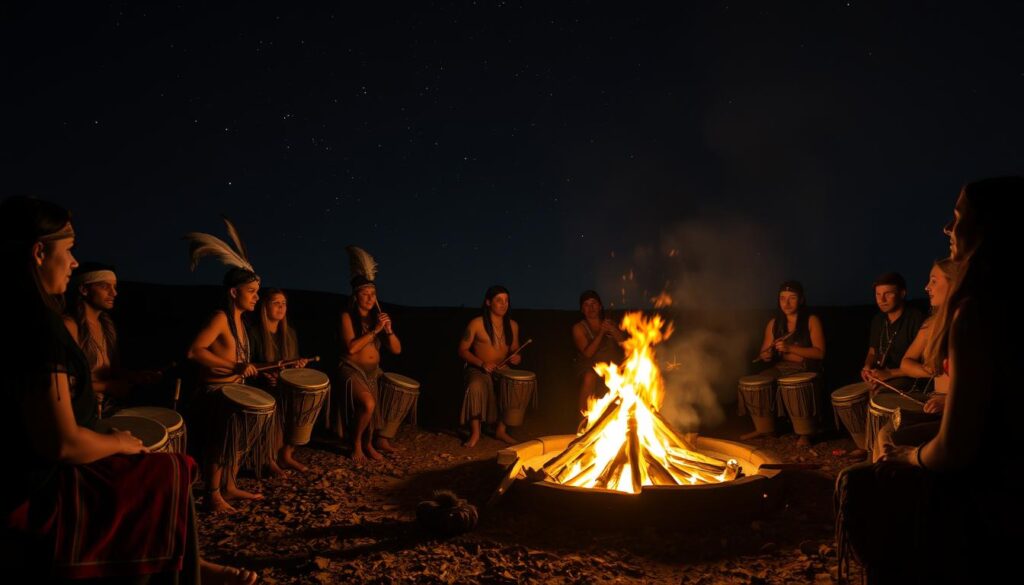
3. Ancestral Memory and Wisdom Retrieval
Perhaps the most profound aspect of WindWalker’s teachings concerns ancestral memory—the belief that all wisdom of our ancestors resides within us, accessible through specific shamanic practices. This concept suggests that DNA carries not just physical traits but spiritual knowledge across generations.
WindWalker taught that through ceremonial practices involving sacred plants, drumming, and specific breathing techniques, individuals could access this ancestral wisdom. The process, known as “wisdom retrieval,” allows modern practitioners to reconnect with ancient knowledge that might otherwise be lost to time.
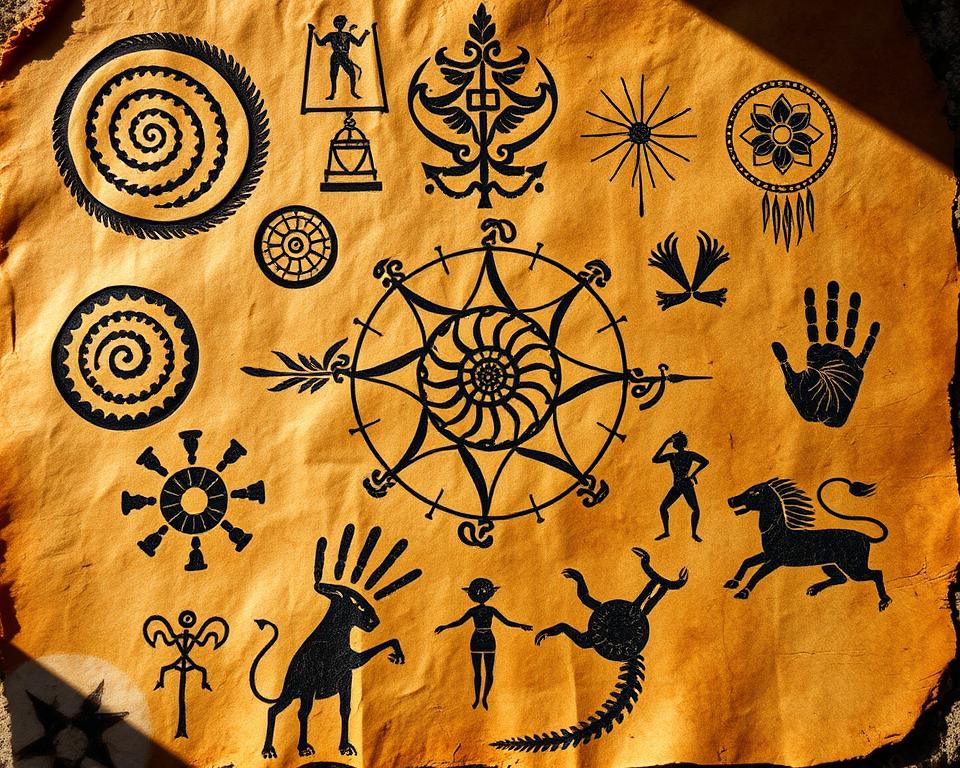
“The ancestors speak through the blood that flows in your veins. Their wisdom is not lost but waiting to be remembered. In the silence between your thoughts, their voices can be heard.” — WindWalker’s teaching as preserved in oral tradition
WindWalker’s Philosophy Across Indigenous Traditions

The wisdom of WindWalker finds striking parallels in other indigenous traditions around the world, suggesting universal spiritual truths that transcend cultural boundaries. When we examine these connections, we gain a deeper appreciation for the common threads of human spiritual experience.
Celtic Druids
Like WindWalker’s nature communion, Celtic Druids maintained sacred relationships with trees, believing each species held unique wisdom and healing properties. Their concept of the Otherworld mirrors WindWalker’s dreamwalking practices, with both traditions using ceremonial tools to facilitate journeying between realms.
Both traditions also emphasized the cyclical nature of time, marking seasonal transitions with ceremonies that acknowledged the changing relationship between humans and the natural world.
Aboriginal Dreamtime
The Australian Aboriginal concept of Dreamtime shares remarkable similarities with WindWalker’s teachings on ancestral memory. Both traditions hold that the land itself contains stories and wisdom accessible through ceremonial practices and altered states of consciousness.
The Aboriginal practice of “songlines”—navigating vast distances through memorized songs that describe the landscape—parallels WindWalker’s teachings about reading the natural world as a living text containing spiritual guidance.
Siberian Shamanism
Siberian shamanic traditions, particularly among the Tungus people, share WindWalker’s emphasis on the shaman as a mediator between worlds. Both traditions use drums to facilitate trance states and journeying, and both recognize the importance of animal spirits as guides and teachers.
The concept of soul retrieval—bringing back fragmented aspects of a person’s spirit—appears in both traditions as a central healing practice, suggesting a universal understanding of spiritual wholeness.
These cross-cultural connections suggest that WindWalker’s teachings tap into universal aspects of human spiritual experience. Rather than viewing these similarities as evidence of cultural borrowing, we might understand them as independent discoveries of the same spiritual truths—different paths leading to the same mountain peak.
Practical Exercises: WindWalker’s Wisdom for Modern Life

WindWalker’s teachings offer more than historical interest—they provide practical tools for spiritual growth in our modern world. The following exercises, adapted from WindWalker’s traditions, can help you integrate this ancient wisdom into your daily life.
1. Spirit Name Ritual
This practice, based on WindWalker’s naming ceremonies, helps establish a deeper connection with your authentic spiritual identity. Your spirit name serves as a focal point for personal power and can be used in meditation and prayer.

2. Elemental Altar Construction
WindWalker taught that maintaining a personal altar creates a focal point for spiritual practice and a bridge between worlds. This modern adaptation helps establish a sacred space in your home.
WindWalker’s Dreamwalking Guide
Learn the ancient art of conscious dream navigation with this practical guide based on WindWalker’s teachings. Includes drumming audio, breathing techniques, and step-by-step instructions for safe spiritual journeying.
3. Guided Ancestral Memory Meditation

Ancestral Memory Meditation Script
Find a comfortable position and close your eyes. Take three deep breaths, allowing your body to relax with each exhale. Imagine roots extending from your body deep into the earth, connecting you to all who came before.
Visualize a spiral path leading backward through time. As you walk this path, notice the faces of ancestors appearing in the mist around you. They may be known or unknown to you.
Stop when you feel drawn to a particular ancestor. Observe their appearance, their environment, the knowledge in their eyes. Ask silently: “What wisdom do you hold that I need now?”
Remain receptive, allowing images, feelings, or words to arise naturally. When the exchange feels complete, express gratitude and continue your journey back to present time.
Return by following your roots back to your body. Take three deep breaths and gently open your eyes. Record your experience in a journal.
The Warrior-Shaman Archetype: Psychological Relevance Today

Through a Jungian psychological lens, WindWalker represents the warrior-shaman archetype—a powerful symbol in our collective unconscious that remains profoundly relevant to modern psychological development. Carl Jung proposed that archetypes are universal patterns in the collective unconscious that influence human behavior and experience across cultures and time.
The warrior-shaman embodies the integration of seemingly opposite qualities: strength and sensitivity, action and contemplation, physical prowess and spiritual insight. In Jungian terms, this represents the successful integration of animus and anima—the masculine and feminine aspects within each person.
The Shadow Warrior
In its shadow form, the warrior energy manifests as aggression, domination, and conflict. Many modern psychological issues stem from this unintegrated warrior energy—from workplace bullying to international conflicts. WindWalker’s teachings show how warrior energy can be channeled constructively for protection and service rather than domination.
The Wounded Healer
The shaman aspect connects to Jung’s “wounded healer” archetype—one who has faced personal suffering and transformed it into healing wisdom. This pattern appears repeatedly in modern therapeutic contexts, where those who have overcome trauma often become powerful healers for others.
WindWalker’s journey through personal trials to achieve spiritual wisdom exemplifies this transformative path. By acknowledging our wounds rather than denying them, we access deeper healing potential—both for ourselves and others.
The integration of these aspects—warrior strength and shamanic wisdom—offers a powerful model for psychological wholeness in our fragmented modern world. When we honor both our capacity for decisive action and our sensitivity to subtle energies, we become more complete human beings.

“The meeting of two personalities is like the contact of two chemical substances: if there is any reaction, both are transformed.” — Carl Jung
Modern psychological practices like active imagination, dream analysis, and parts work therapy share remarkable similarities with WindWalker’s dreamwalking and soul retrieval practices. Both approaches recognize that healing often requires journeying into the unconscious to retrieve lost aspects of the self.
Ethical Considerations: Honoring WindWalker’s Legacy
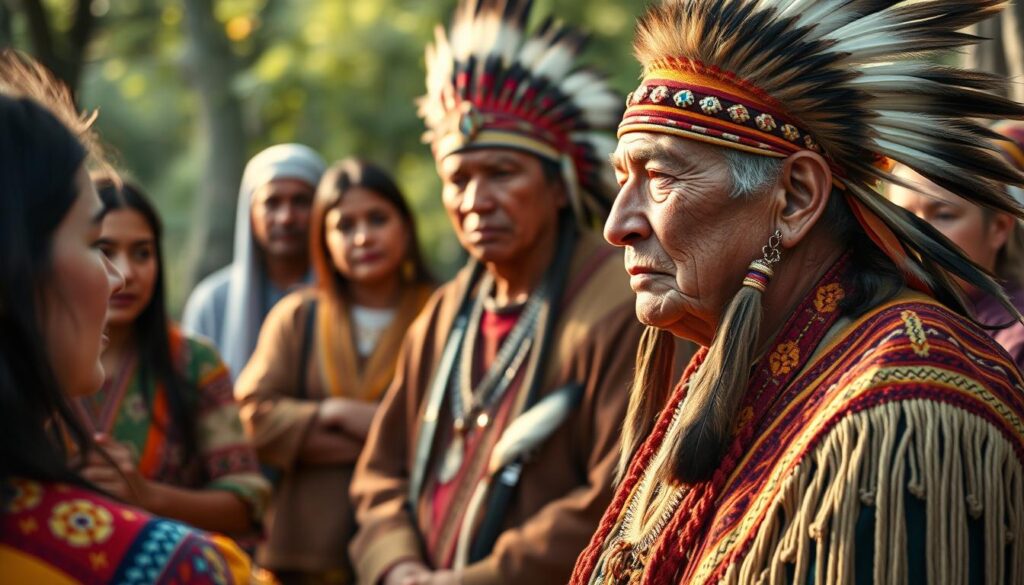
As we explore WindWalker’s teachings, ethical questions naturally arise about appropriately engaging with indigenous spiritual traditions. Cultural appropriation concerns are valid and important, requiring thoughtful consideration of how we approach these sacred teachings.
Contemporary Native American elders offer valuable guidance on this sensitive topic. Their perspectives help us navigate the balance between respectful learning and inappropriate borrowing.
“Our teachings are not secret, but they are sacred. The difference is that secret means no one can know, while sacred means everyone should know—but with proper respect and context.”
Many Native elders distinguish between appreciation and appropriation. Appreciation involves learning with respect, acknowledging sources, supporting Native communities, and approaching the traditions with humility. Appropriation, by contrast, involves taking elements out of context, claiming expertise without proper training, or commercializing sacred practices.

“If you’re drawn to indigenous wisdom, begin by learning about the living peoples whose land you occupy. Support their contemporary struggles. Make offerings before you make requests. This is the proper protocol.”
When engaging with channeled material attributed to figures like WindWalker, additional ethical considerations arise. It’s important to approach such material with both respect and critical thinking, recognizing that channeling exists within specific cultural contexts.
Ethical Guidelines for Engaging with Indigenous Wisdom:
- Acknowledge and learn about the living indigenous communities from whom these traditions originate
- Support Native-led organizations and causes
- Approach the teachings with humility and a willingness to learn
- Respect boundaries around certain ceremonies and practices
- Cite sources and give proper attribution
- Consider whether your engagement benefits or harms Native communities
Embracing the Wisdom of WindWalker in Modern Times

The wisdom of WindWalker, ancient Native American shaman, offers profound guidance for our modern spiritual journey. Through practices of nature communion, dreamwalking, and ancestral memory retrieval, we can reconnect with essential aspects of our humanity often neglected in contemporary life. The warrior-shaman archetype provides a powerful model for psychological integration, helping us balance strength with sensitivity, action with contemplation.
As we incorporate these teachings into our lives, we’re called to do so with both enthusiasm and ethical awareness—honoring the indigenous cultures from which these traditions emerge while finding authentic ways to apply their wisdom in our modern context. The path of the warrior-shaman isn’t about romanticizing the past but about bringing ancient wisdom forward to address the unique challenges of our time.
WindWalker’s legacy reminds us that the ancestors are not silent—they continue to speak through the land, through our dreams, and through the blood that flows in our veins. By listening deeply and acting with integrity, we honor their wisdom and contribute to the healing of our world.
Continue Your Spiritual Journey
Join our community of seekers exploring indigenous wisdom traditions with respect and authenticity. Receive monthly guided meditations, ethical learning resources, and opportunities to support Native-led initiatives.

